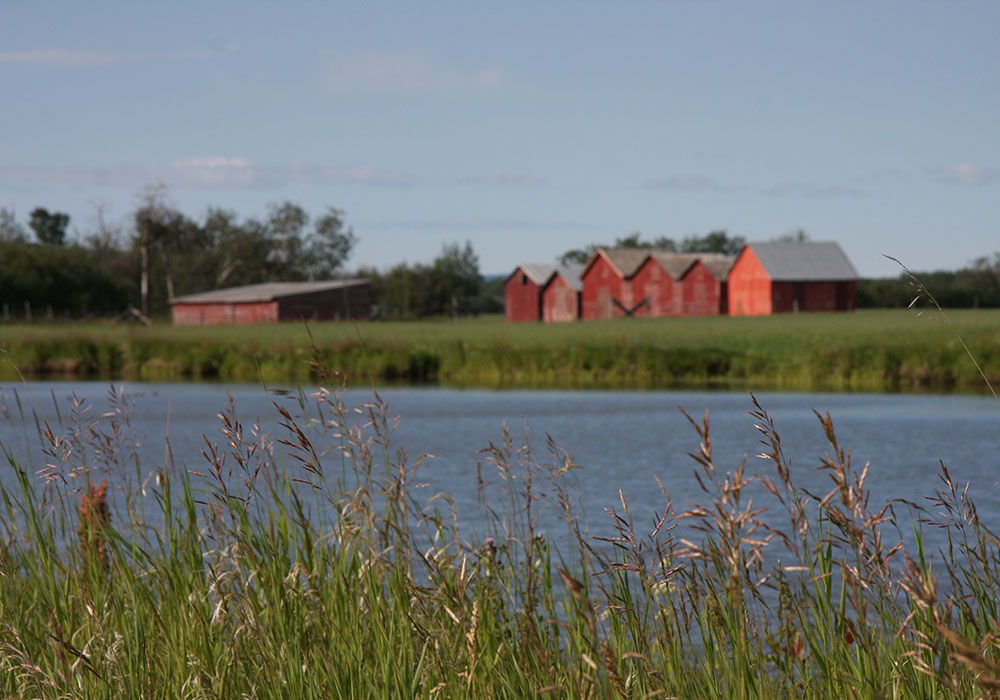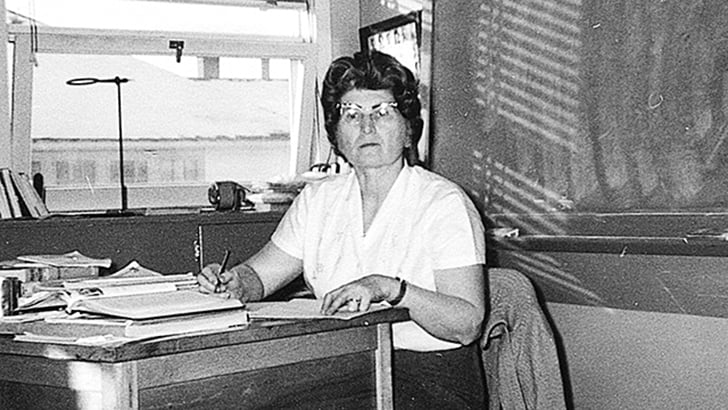Dr. Albert Berghuis is warning that superbugs are at a critical stage and most people have not grasped the seriousness of the situation.
Berghuis of McGill University’s Faculty of Medicine said a recent study in the United Kingdom found that if bacteria resistance to antibiotics continues to spread, more people will die from antibiotic resistance than from cancer by 2050.
“We just think now, oh sure this can always be cured. That time will not exist if we don’t do something.”
With help from the Canadian Light Source at the University of Saskatchewan, researchers from McGill University have discovered how superbugs gain resistance to certain antibiotics.
Read Also

VIDEO: Bittersweet harvest for this family farmhand
Bruce Burnett helps his brother harvest wheat and canola for the last time on the family farm in Manitoba where they both grew up.
Berghuis said researchers have built up enough data to “out-trick superbugs.”
He said it involves designing a slightly different antibiotic that is not recognized by the enzymes the bacteria use to develop resistance.
“We’ve used the Canadian Light Source as a microscope to look at these enzymes, these kinases, and how they take a macrolide, how they recognize a macrolide and how they then detoxify the macrolide,” he said.
Macrolide antibiotics are prescribed for infectious diseases, including upper respiratory tract, skin and soft tissue infections. They are also prescribed as an alternative to penicillin.
Antibiotics are also added in feed to prevent illness and promote growth in many livestock operations.
The rising bacterial resistance to antibiotics has raised concerns about antibiotic overuse, which has sparked calls for an end to the practice in livestock operations.
Berghuis said enzymes in the bacteria have the ability to chemically modify antibiotics by taking a molecule that has a phosphate group in it and attaching that phosphate group to something else.
Kinases stick the phosphate group onto the macrolide antibiotic, which is enough to render the antibiotic useless. As a result, the resistant bacteria or superbug thrives.
“Nature has evolved these enzymes that makes these (chemical) reactions possible. Unfortunately, bacteria have also evolved catalysts that break down antibiotics. Bacteria now have these kinases that take macro antibiotics and detoxify them,” he said.
Berghuis said it could take two to three years to develop a new macrolide antibiotic that the enzymes won’t recognize.
However, he said the most difficult step is then turning the molecule into something a consumer can buy in a pharmacy, which is another eight to 10 years of work.
Even with this new way to combat superbugs, the bacteria will continue to evolve and could find a way to develop resistance to the new antibiotic, he said.
“It could take a long time for them to find a way to deal with this, or it might happen very quickly,” he said.
“This is one of the reasons my group is studying antibiotic resistance in this much detail so we can anticipate what kind of tricks the bacteria could come up with and you put that into your design.”


















